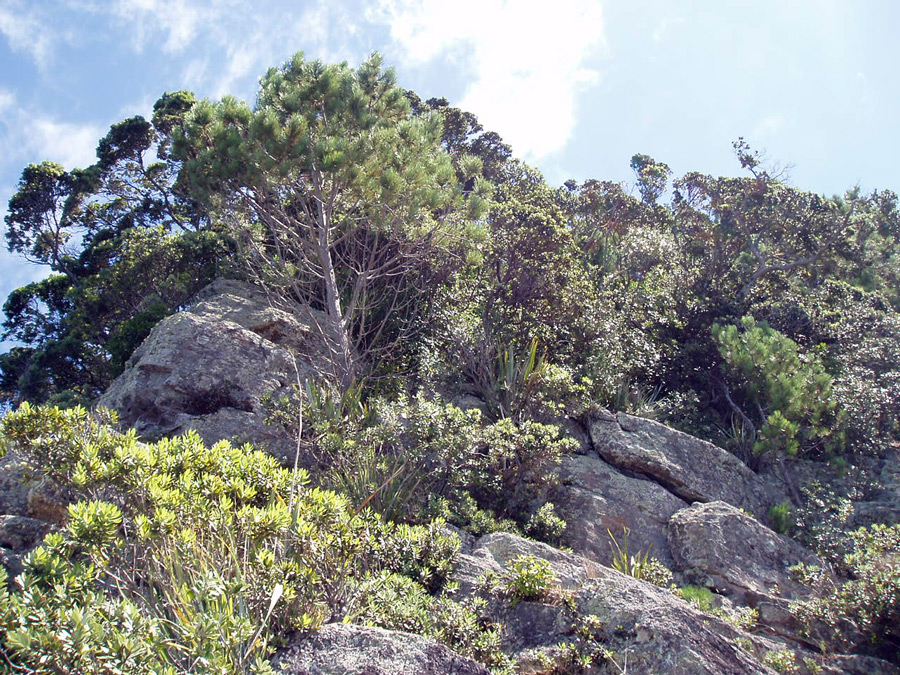Two new publications explore the environmental factors that create and maintain genetic diversity within populations of maritime pine (Pinus pinaster Aiton), a species with great ecological and economic value in southwestern Europe and North Africa.
Katharina Budde and colleagues (Journal of Ecology, forthcoming; preprint at doi: 10.1101/2023.02.16.528264) showed genetic different in 5 gene loci when comparing paired south- versus north-facing stands in a Mediterranean mountain area, due to south- facing (xeric) stands having especially harsh conditions for growth, particularly during the dry summer season.
In another study, Archambeau and colleagues (Heredity, doi: 10.1038/s41437-023-00622-9) found that populations experiencing colder winters showed consistently lower genetic variation for early height growth (a fitness-related trait) and that within-population quantitative genetic variation was not associated with environmental heterogeneity or population admixture for any of the traits included in the study.
Together, these studies give insight into the adaptive potential of populations to changing environments and suggest that levels of genetic variation within populations of maritime pine are considerable.
